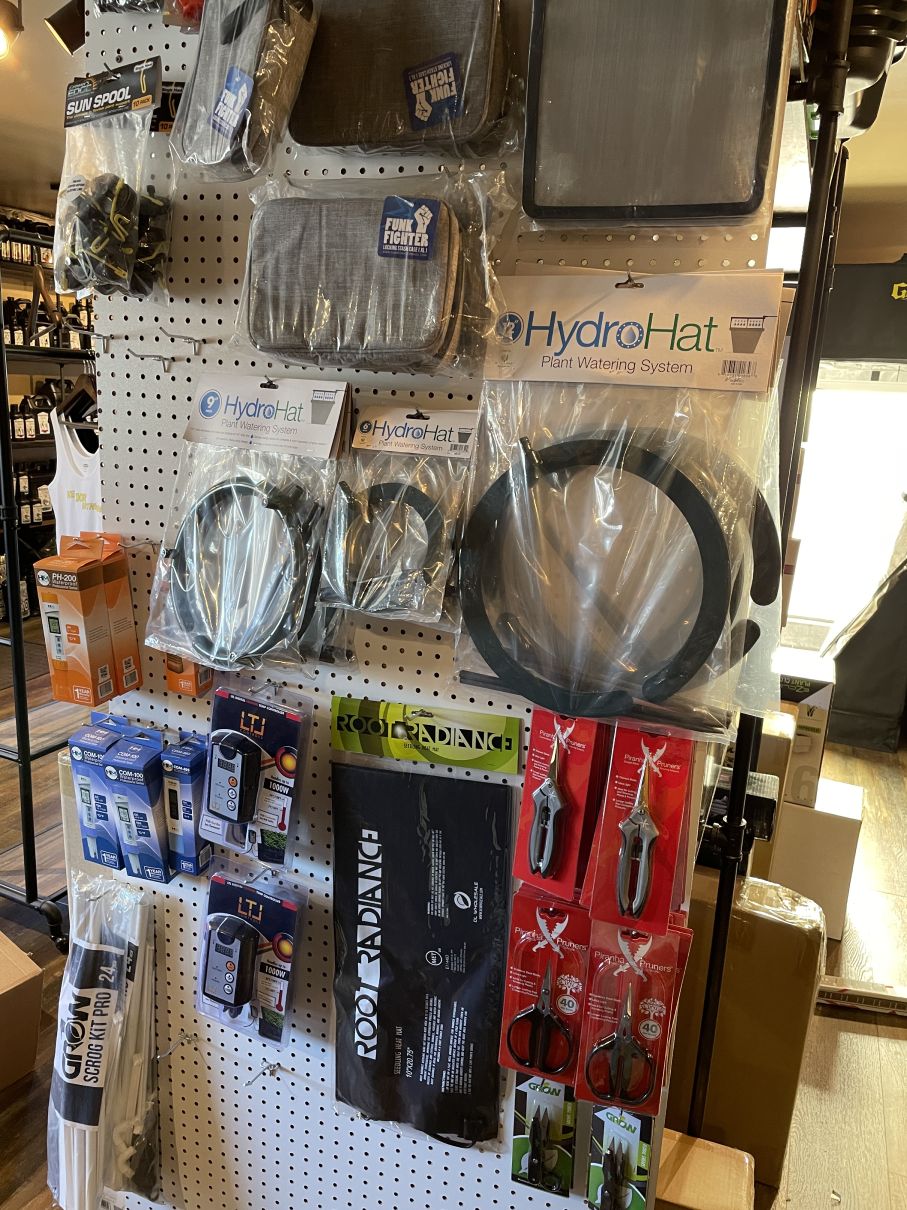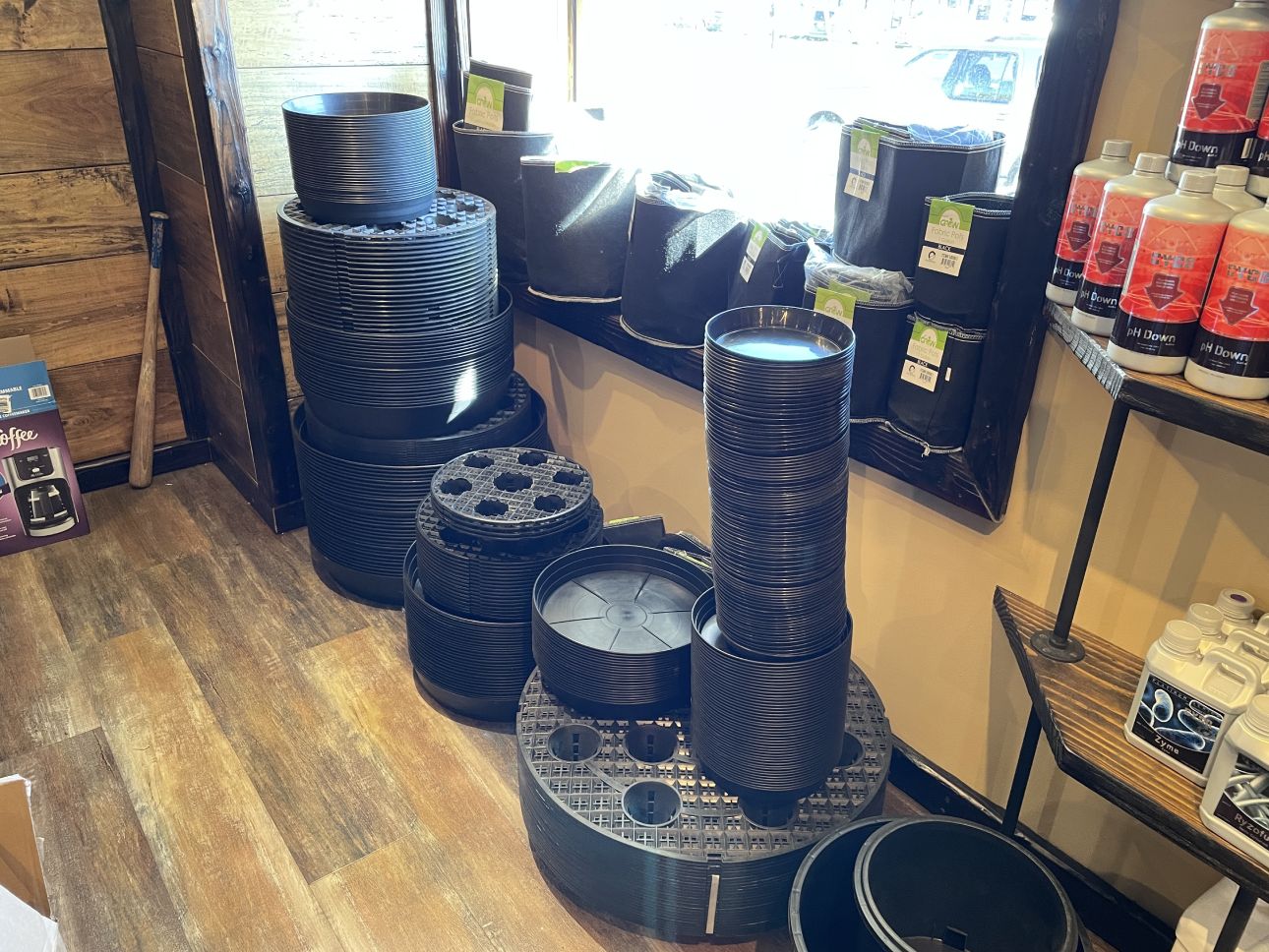The Indoor Earthworm Means: A Game-Changer in Growing Techniques
The Indoor Earthworm Means: A Game-Changer in Growing Techniques
Blog Article
Unlocking the Potential of Hydroponics: Comprehending Its Uses and Different Types
Hydroponics, a technique of growing plants without soil, has amassed increasing focus for its prospective to transform farming and gardening methods. The precision control over nutrient distribution, water use, and ecological variables offers a peek right into a future where food production can be maximized in different settings. As we browse via the complex landscape of hydroponic systems and methods, it comes to be apparent that each strategy holds distinctive benefits and constraints. By untangling the diverse uses and types of hydroponics, we can reveal a world of possibilities that may improve how we envision sustainable farming and horticulture practices.
Benefits of Hydroponic Solutions

One more benefit of hydroponic systems is the capability to grow plants in a smaller sized room. By eliminating the demand for dirt, plants can be expanded up and down or in piled systems, optimizing the use of readily available space. This is specifically useful in metropolitan locations or areas with limited cultivable land. Hydroponic systems lower the risk of soil-borne diseases and bugs, as there is no dirt to nurture these threats. This leads to much healthier plants and decreases the need for unsafe chemicals, making hydroponic farming a more sustainable and eco-friendly alternative.
Usual Makes Use Of in Farming

Given the reliable water conservation and space-saving advantages of hydroponic systems, it appears that these cutting-edge agricultural methods have actually found typical uses in various markets of agriculture. In typical farming, soil-based farming can be labor-intensive and land-consuming. Hydroponics provides a solution by enabling plants to be expanded without dirt, decreasing water use by up to 90% contrasted to standard farming approaches. This makes hydroponics specifically suitable for areas dealing with water scarcity or restricted arable land. The regulated atmosphere of hydroponic systems enables year-round farming, supplying a constant supply of fresh fruit and vegetables regardless of exterior weather problems.
Hydroponics is commonly made use of for growing a selection of crops, including leafy eco-friendlies, tomatoes, cucumbers, strawberries, natural herbs, and peppers. Its versatility encompasses vertical farming, urban farming, and greenhouse production. Furthermore, hydroponic systems are made use of in study and academic settings to study plant nourishment, growing, and development methods. The flexibility and efficiency of hydroponics make it a beneficial device in modern-day farming, resolving the obstacles of sustainability, food protection, and resource optimization.
Checking Out Various Hydroponic Techniques
Hydroponic systems use an array of techniques that provide to different plant types and growing objectives. Additionally, the Ebb and Circulation system, additionally understood as the Flooding and Drain system, intermittently floodings the plant origins with nutrient remedy, enabling for oxygenation during draining durations. Each of these techniques showcases the convenience and performance of hydroponic systems in improving crop growth and yield.
Contrasting Different Hydroponic Systems
Discovering the performance and yield enhancement methods in hydroponics leads us to compare various hydroponic systems readily available for crop cultivation. Each hydroponic system has its one-of-a-kind attributes, advantages, and constraints, making it vital for growers to select one of the most suitable system based on their particular demands and restrictions.
One of the most common hydroponic systems is the nutrient film technique (NFT), where a slim film of nutrient service continually streams over the plant roots. In contrast, the deep water society (DWC) system immerses plant origins straight into the nutrient remedy, offering sufficient oxygen and nutrients.
One more prominent hydroponic system is the ups and downs (or flood and drain) system, which periodically floods the plant origins with nutrient service before draining it. This cyclic procedure makes certain proper oygenation for the roots while providing nutrients successfully. In addition, the aeroponic system puts on hold plant roots airborne and mists them with a nutrient option, advertising fast growth and high oxygenation levels. Farmers trying to find a versatile system that reduces water usage frequently choose aeroponics. By understanding the differences in between these hydroponic systems, growers can make educated choices to take full advantage of crop return and high quality.
Advancements in Hydroponic Innovation
One vital technology is the development of wise hydroponic systems that utilize sensing units and automation to monitor and readjust ecological problems such as pH levels, nutrient focus, and light direct exposure in real-time. These systems allow specific control over growing conditions, leading to optimum click for more info plant development and greater plant returns.
Another significant innovation is the assimilation of vertical farming methods with hydroponic systems, permitting for the cultivation of crops in piled layers. This vertical method maximizes area usage, making it optimal for metropolitan environments where land availability is limited - The Indoor Earthworm. Additionally, the use of sophisticated LED lights systems customized to particular plant demands has enhanced energy effectiveness and improved development prices in hydroponic setups
Innovations like these are driving the advancement of hydroponics, read the full info here making it a sustainable and extremely appealing option for modern agriculture.
Verdict
In conclusion, hydroponics offers numerous advantages in agriculture and has numerous strategies and systems that can be made use of to optimize its capacity. Developments in hydroponic technology continue to boost effectiveness and sustainability in food manufacturing. By recognizing the uses and various sorts of hydroponic systems, farmers and farmers can unlock the full capacity of this ingenious method of expanding plants without dirt.
In addition, hydroponic systems enable for better control over nutrient degrees, pH equilibrium, and ecological conditions, leading to much i thought about this healthier plants and higher returns.

Report this page